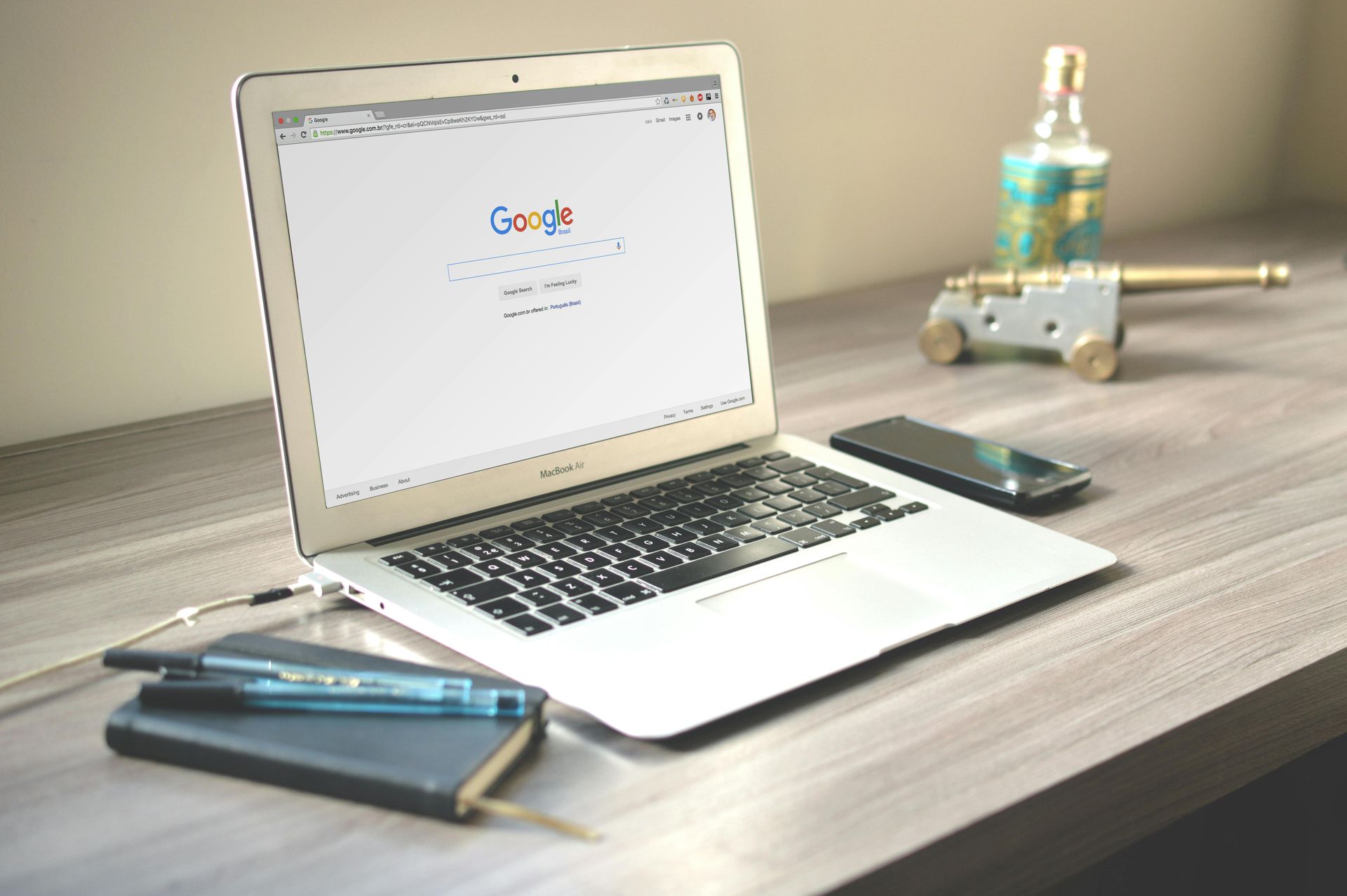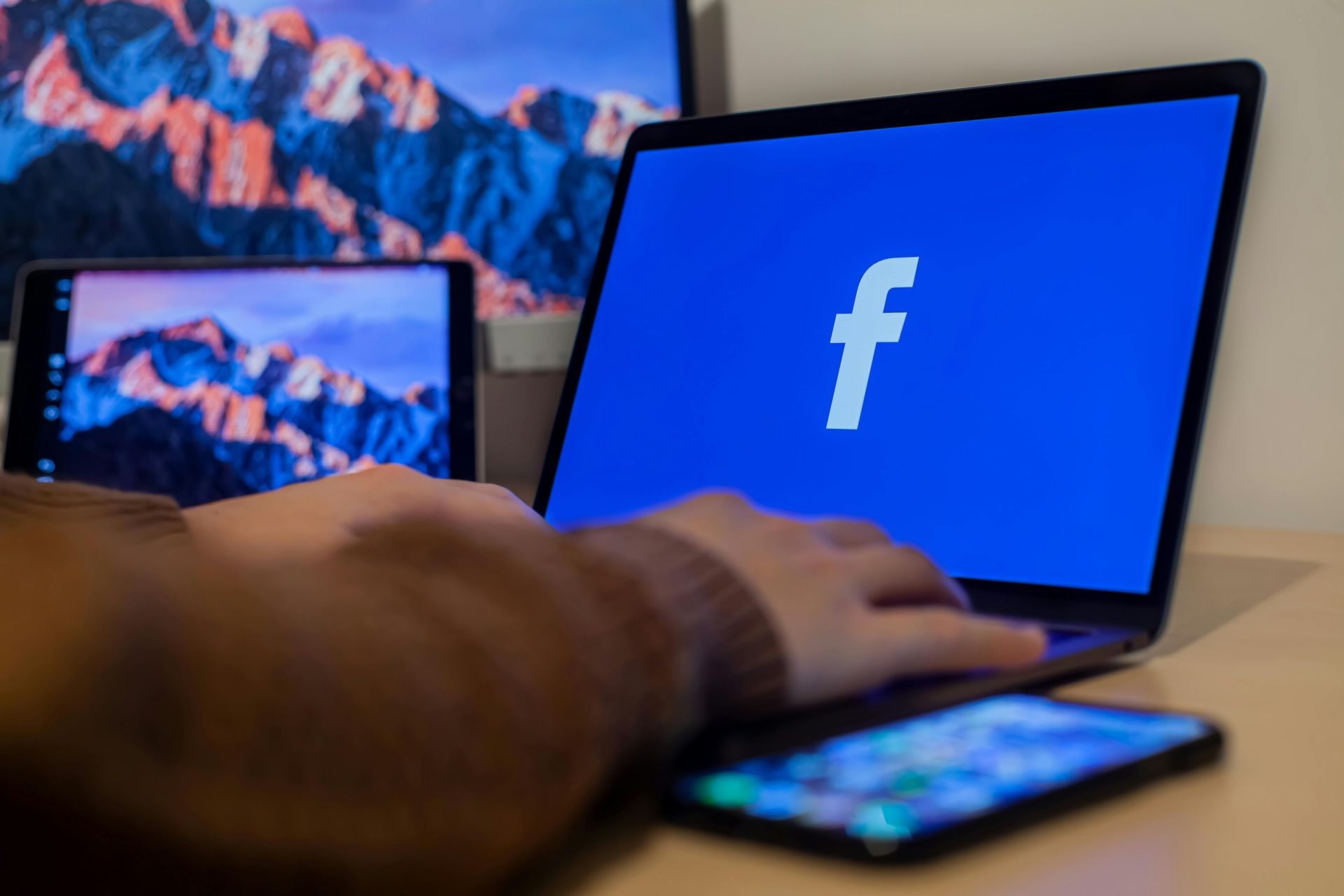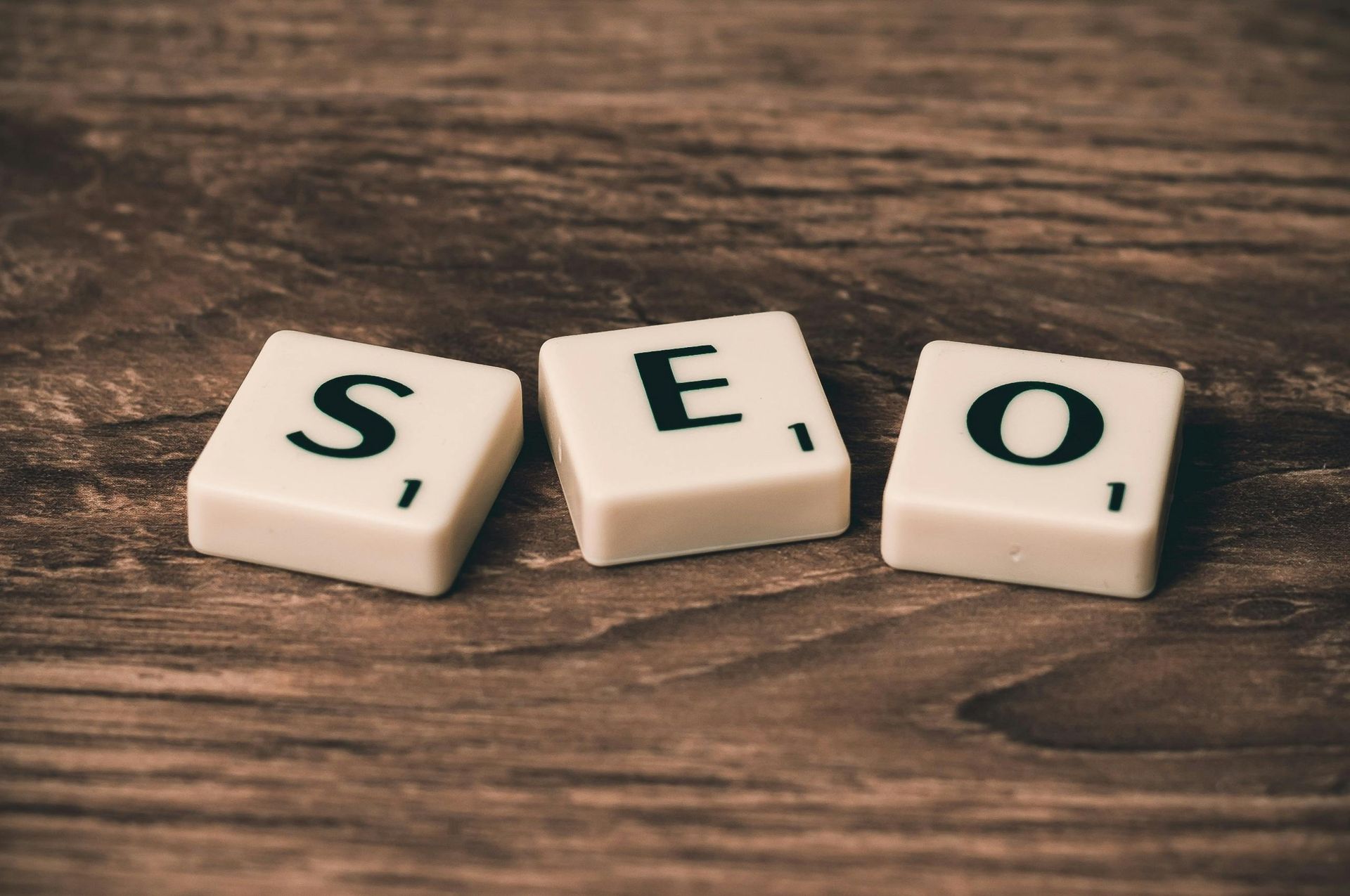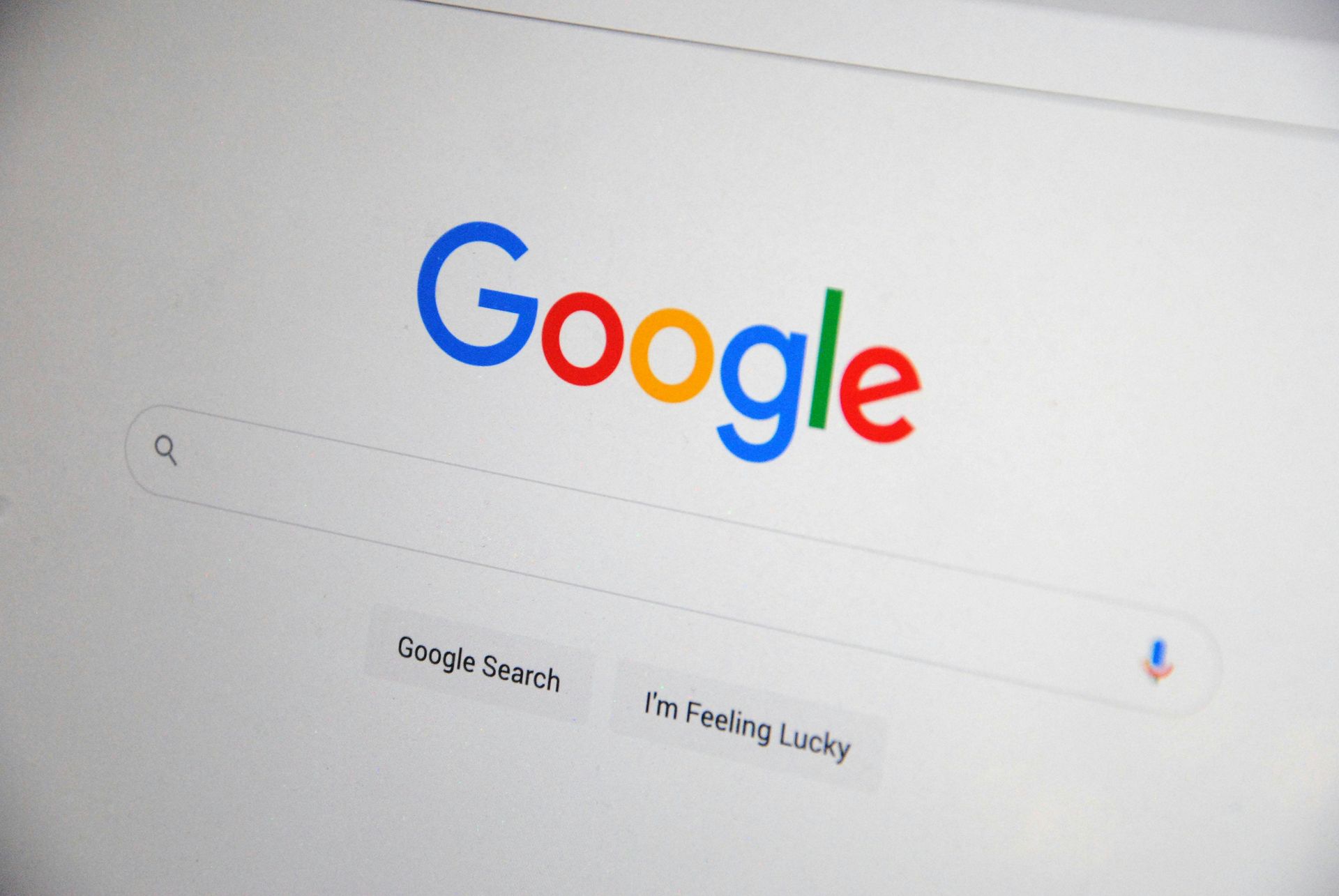SEO Marketing vs. Paid Marketing: Which Drives More Small Business Growth?
SEO Marketing vs. Paid Marketing: Which Drives More Small Business Growth?

For small businesses looking to increase visibility and attract more customers, digital marketing is essential. But when it comes to choosing between SEO (Search Engine Optimization) marketing and paid marketing (Google Ads, Facebook Ads, etc.), business owners often ask:
Which one is better for growth?
The short answer: Both SEO and paid marketing play critical roles in a successful digital marketing strategy. The best approach is a combination of both, using SEO for long-term organic growth and paid marketing for immediate results and lead generation.
At Hatch Strategies, we help small businesses create balanced marketing strategies that combine SEO and paid marketing for maximum visibility, higher conversions, and sustainable business growth. In this guide, we’ll break down the benefits of both approaches and how they work together to drive success.
What is SEO Marketing?
SEO (Search Engine Optimization) is the process of optimizing your website and content to rank higher in organic (unpaid) search engine results on Google and other search engines.
Benefits of SEO Marketing for Small Businesses
- Long-term visibility—once you rank high in search results, you can attract traffic for months or years.
- Higher trust and credibility—people trust organic search results more than ads.
- Cost-effective—no direct payment for clicks, making it a great investment over time.
- Increases website traffic—optimized content brings in potential customers looking for your products/services.
SEO Tactics That Drive Growth
- Keyword Optimization: Using the right keywords to match search intent.
- Local SEO: Optimizing for location-based searches (e.g., “best coffee shop in Austin”).
- Content Marketing: Creating blog posts, FAQs, and guides to attract organic traffic.
- Technical SEO: Ensuring fast page speed, mobile-friendliness, and secure browsing.
- Backlink Building: Getting links from reputable websites to boost domain authority.
SEO’s Biggest Drawback
- It takes time—SEO is a long-term strategy and may take 3-6 months to see significant results.
What is Paid Marketing?
Paid marketing refers to online advertising where businesses pay to place their ads in search results, social media feeds, or other digital platforms.
Benefits of Paid Marketing for Small Businesses
- Instant traffic and leads—ads can get your business in front of potential customers immediately.
- Highly targeted—you can target specific demographics, locations, interests, and behaviors.
- Scalable—you can increase or decrease your budget as needed.
- Better conversion tracking—analytics tools provide clear insights into campaign performance.
Popular Paid Marketing Strategies
- Google Ads (Pay-Per-Click - PPC): Paid search ads that appear at the top of Google results.
- Meta (Facebook & Instagram) Ads: Targeted social media ads that reach specific audiences.
- Retargeting Ads: Ads that follow previous website visitors to encourage conversion.
- Local Service Ads: Google-verified ads for service-based businesses (lawyers, HVAC, home services).
Paid Marketing’s Biggest Drawback
It costs money per click—once you stop paying, traffic stops immediately.
SEO vs. Paid Marketing: Key Differences
- Speed of Results: SEO takes time, while paid marketing delivers immediate traffic.
- Cost: SEO has a lower long-term cost, while paid marketing requires ongoing budget allocation.
- Traffic Source: SEO provides consistent organic traffic, whereas paid marketing traffic stops when the budget runs out.
- Trust Factor: People tend to trust organic search results more than ads, but ads can still drive high-intent leads.
- Targeting Ability: SEO relies on search intent and content optimization, while paid marketing offers precise targeting based on demographics and behaviors.
- Scalability: SEO scales with content and backlinks, while paid marketing scales with budget.
Both strategies have their strengths, which is why using them together is the best approach.
Why a Combination of SEO and Paid Marketing Works Best
Instead of choosing one over the other, small businesses should combine SEO and paid marketing to get the best of both worlds.
How SEO & Paid Marketing Work Together
- Use paid marketing for immediate traffic while SEO builds long-term authority.
- Let SEO reduce dependence on paid ads over time, helping businesses maintain a steady flow of traffic.
- Combine SEO with retargeting ads to increase conversions by showing ads to people who already visited your site.
- Dominate search results by appearing in both paid and organic listings, increasing visibility and credibility.
Example of an Integrated Strategy for a Local Business
- A dentist’s office runs Google Ads for “teeth whitening near me” to get instant leads.
- They also create an SEO-optimized blog on “The Best Teeth Whitening Options in Austin” to rank organically over time.
- When visitors leave the website without booking, they retarget them with Facebook & Google Display Ads.
This multi-channel strategy ensures that they get:
- Immediate leads from ads.
- Long-term organic traffic from SEO.
- Higher conversions through retargeting.
Final Thoughts: Which One Should Small Businesses Use?
- If you want fast results, paid marketing is the best choice.
- If you want long-term sustainability, SEO is the way to go.
- If you want maximum growth, combine both for the best results.
How Hatch Strategies Can Help
At Hatch Strategies, we specialize in SEO marketing & paid digital ads to create custom strategies that:
- Boost your organic rankings with long-term SEO.
- Drive immediate traffic with Google & social ads.
- Maximize conversions with retargeting & local SEO.
- Optimize ad spend & SEO efforts for the highest ROI.
Want to grow your small business with a balanced digital marketing strategy? Contact Hatch Strategies today and let’s build a plan that drives both short-term wins & long-term success. 🚀












